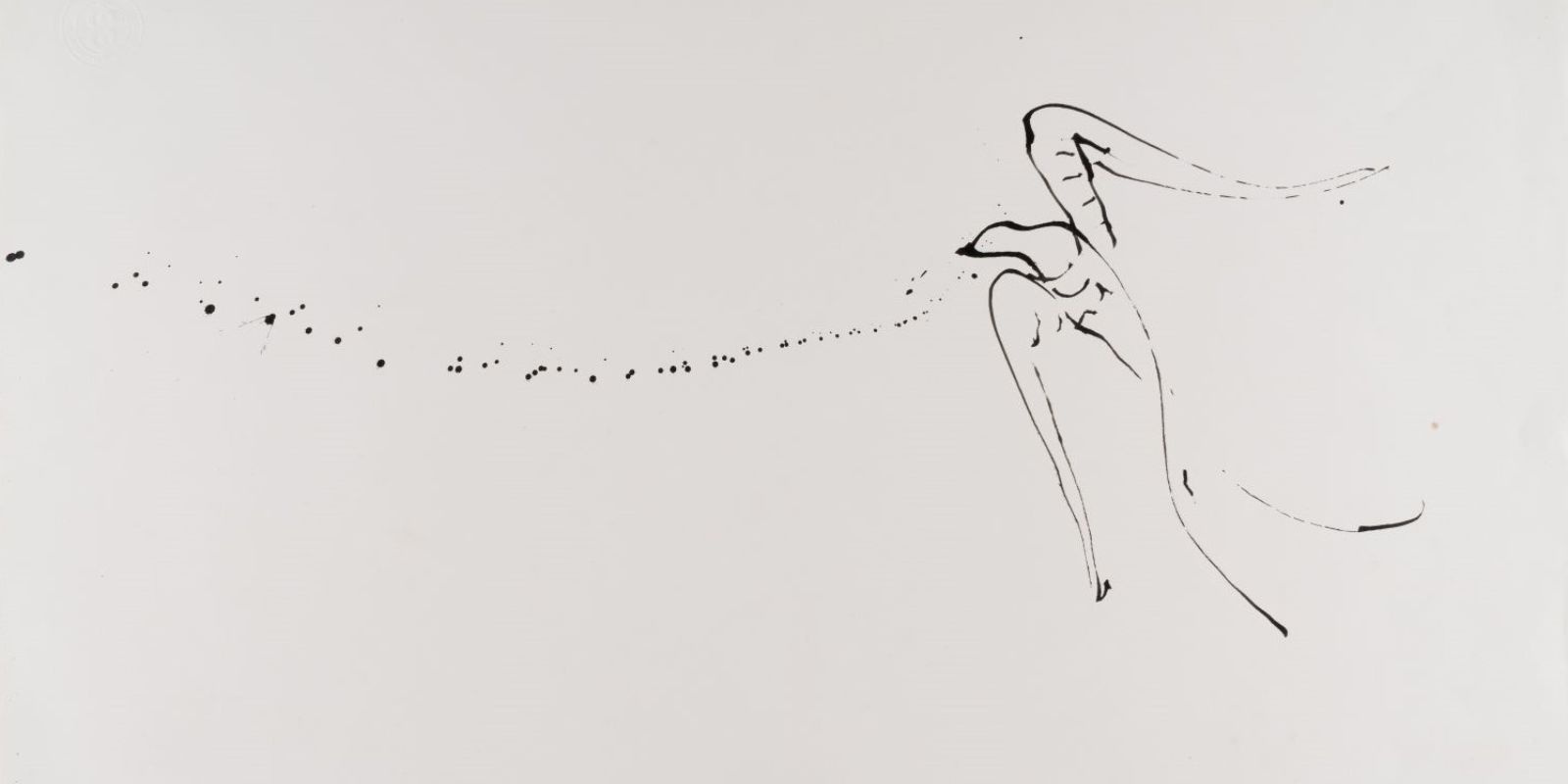
a text written to accompany the exhibition Sven Berlin's Menagerie, John Swarbrooke Fine Art, London, November 2022.
Sven Berlin called St Ives Cuckoo Town. For him, after all, it was a place of animalistic rivalry where artists were known to squabble like seagulls, a place that often left him feeling ‘gutted like a herring and spread out in the sun.’ Until the early 1950s, he lived and worked there in a small hut on the Porthgwidden Beach slipway. The Tower, as he grandly named it, still remains, although the surrounding town was much different then, it was a place of hard toil, rough round the edges, brash, and much fishier. In his 1994 ‘autosvenography’ The Coat of Many Colours, Berlin describes the basic living conditions, and how an elephant drawing attached to his packing case galvanized him. He wrote - ‘a wild creature has its own survival kit built in… transport, heating system, defence mechanism… why should I need more?’ In his studio, living on scant means, Berlin created his paintings, sculptures, and drawings, many of which depicted the animals he admired; there were dogs, horses, birds, and goats, among many other species. He was a steadfast advocate for figuration and can be seen as the final flicker of the Romantics flame, an artist that therefore became very quickly at odds with the new, dominant, clean rationality of modernism that had swept through the town.
His frustrations as an inadvertent outsider were eventually channelled into his book The Dark Monarch (1962), a thinly veiled and libellous roman-à-clef. He based the characters on the likes of Ben Nicholson, Barbara Hepworth, Peter Lanyon, Patrick Heron - the modernist alienators, as he apparently saw them. Following several legal actions, all copies were ordered to be destroyed, and today very few originals remain. Unsurprisingly, Berlin turned to the animal world to illustrate its pages, and his menagerie included trapped flies, a Gannet with wings outstretched, a hunting shark, and a praying mantis ready to pounce.
The drawings on display at John Swarbrooke Fine Art demonstrate Berlin’s undying affinity with animals, and how he remained fascinated and inspired by them. There’s a Barn owl, a frog, a water-spurting whale, some cormorants, ducks, cats, a group of sows, a bull, and packs of whippets. Berlin scratched them into paper with urgently applied ink, created characterful pencil sketches and biro doodles, and many of these were starting points for his paintings and sculptures. Indeed, if you wanted an animal, Berlin became the artist to call. St Austell Brewery, for example, commissioned a crouching lion sculpture from him in the late 1940s, and in the following decade, the International Synthetic Rubber Company requested a large White Buck to adorn their offices at Hythe, Hants. The sculptural relief in white Carrara marble is now on permanent display at Godshill in the New Forest, and it was nearby Shave Green that was to become Berlin’s initial escape from St Ives, the town about which he now felt so disillusioned.
Berlin moved to the New Forest in 1953 after becoming enamoured with the romance of its Romany traditions, but also the promise of a greater proximity to wildlife. This existence as a traveller, even more modest than his life in The Tower, became a reawakening; some were surprised, others saw it as a logical step. In 1956, British Pathé picked-up on the story. They recorded Berlin and his partner Juanita for the film Gypsy Artists, and animals are again positioned as a central theme. The opening scene sees Berlin sawing wood outside his horse-drawn caravan, a goat is tethered to one of its wheels, then, with a dry brush he pretends to complete a portrait, before the closing frames observe Juanita finding inspiration in a field of chestnut ponies. The couple later moved to Emery Down in 1958, where they amassed even more animals, running a ramshackle private zoo, of sorts, that featured a skunk, a toucan, macaws, llamas, and three zebras, the latter were often ridden through the forest lanes, shocking the locals.
Sven and Juanita divorced in 1962, Berlin moved to the Isle of Wight in 1970, and then finally to Dorset in 1975. Despite these significant changes in love and geography, his adoration of animals followed in tow. He continued to draw prolifically until his death in 1999, and despite well-known fans such as David Bowie, his work remains much overshadowed and underrated. The selection assembled by John Swarbrooke Fine Art represents the quick pace and brilliance of Berlin’s mind. He once wrote, ‘the voice within me was the voice of the sea-bird wheeling in the night.’ Sven Berlin was a talented romantic polymath who simply adored animals, and this exhibition brings his menagerie back to life.